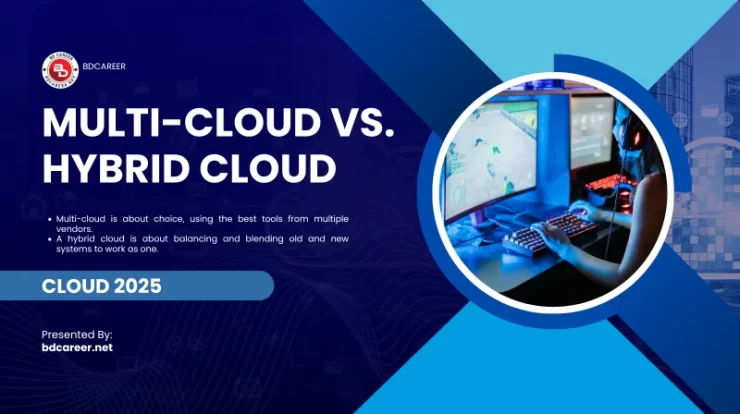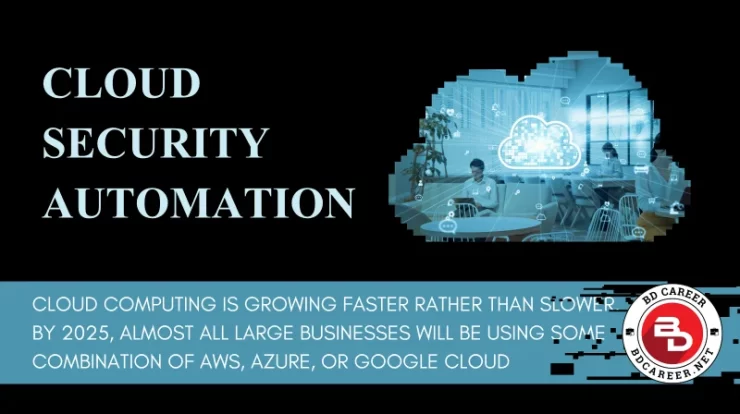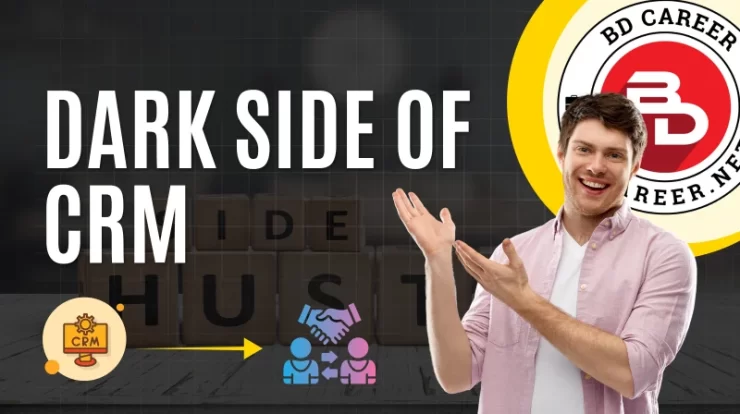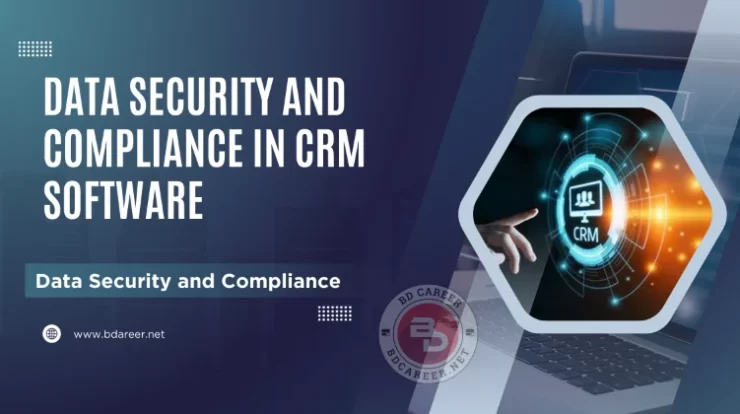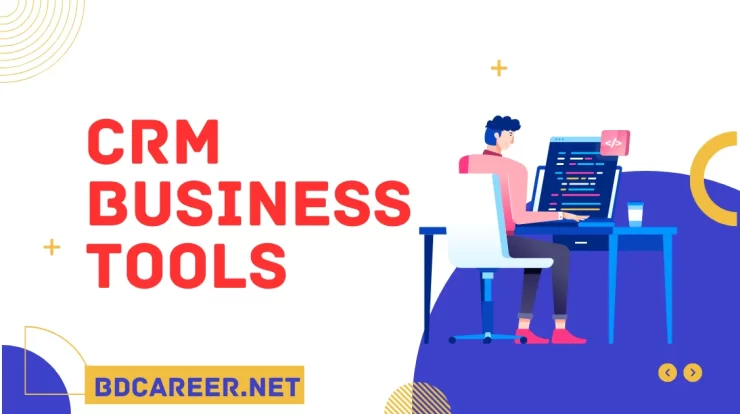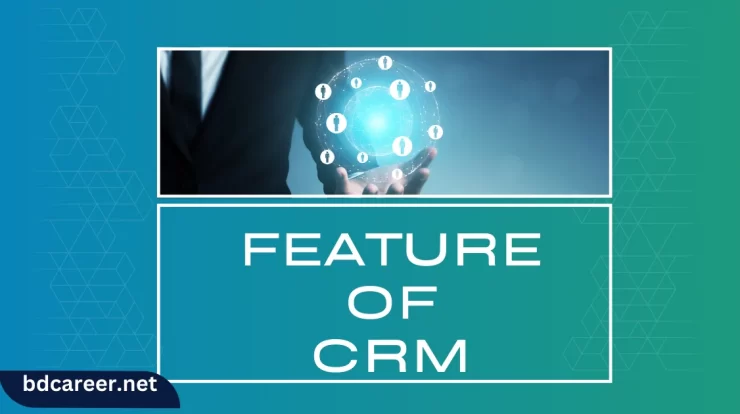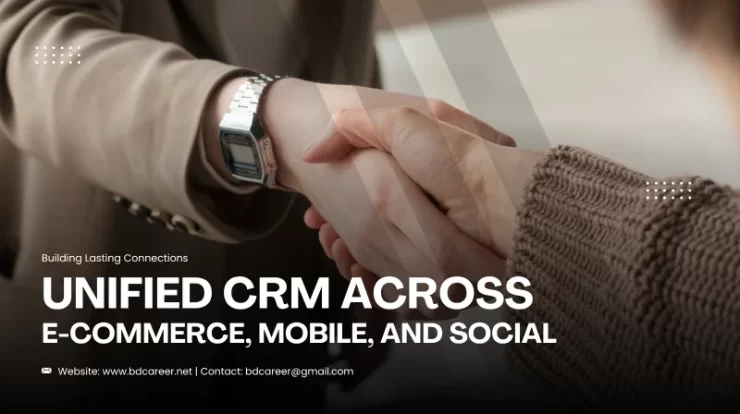
You know that feeling when you’re halfway through an online purchase and your phone buzzes with something shiny on Instagram, and suddenly you’re somewhere else entirely? Yeah. That’s modern shopping in a nutshell. One second you’re in a cart, the next, you’re in a comment section. And here’s the kicker, most businesses are still trying to track that chaos using CRMs built when “multichannel” meant having both a website and a phone number. It’s kind of like trying to stream Netflix on a dial-up modem.
The truth is, customer journeys aren’t neat anymore. They zigzag through e-commerce, mobile apps, social feeds, and back again. But customers? They don’t care about channels. They just want you to get them to remember what they like, what they bought, and maybe even how they felt when they interacted with your brand. That’s what Unified CRM is all about. Not just collecting data but stitching together the human story behind it. It’s less about “tracking leads” and more about building relationships that actually feel real.
Contents
- The Omnichannel Challenge: Fragmented Data, Fragmented Experience
- The Rise of Unified CRM Systems
- Where the Channels Converge, Use Cases That Redefine Engagement
- Data, Privacy, and Trust — The Tightrope Act
- Measuring Success in a Unified CRM World
- The Human Element: Empowering Teams with Unified Insights
- AI, Automation, and the Future of CRM Integration
- Conclusion
The Omnichannel Challenge: Fragmented Data, Fragmented Experience
Let’s talk about how messy this all got.
A customer finds your product on Instagram, loves it. Taps through to your site, adds it to their cart, then life happens. Later, they hop on your app and, surprise, there’s no sign of that cart. They end up frustrated and, honestly, probably go buy from someone else who did remember them. That’s not just a missed sale. That’s a moment of trust gone poof.
The issue isn’t effort, it’s fragmentation. Your e-commerce data, your app engagement data, your social metrics, they’re all sitting in different silos. So when a customer moves between them, your system just can’t keep up. And customers can feel it. Every disconnected experience says, “We don’t really know you.” Even if your intentions are good.
Unified CRM solves that by pulling everything together. Every tap, like, chat, and purchase. Suddenly, your brand doesn’t feel like ten different people shouting at once. It feels like one person who actually listens.
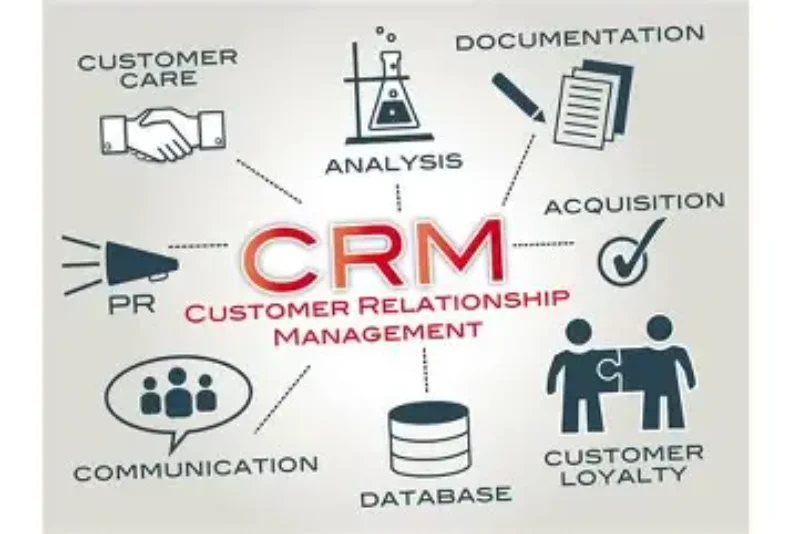
The Rise of Unified CRM Systems
Think of Unified CRM as the grown-up version of that old spreadsheet your marketing team swore by in 2012. It’s smarter, faster, and (thankfully) not stuck in the past.
It doesn’t just store info; it understands behaviour like when someone keeps checking out the same product but never buys, or when they engage with your posts only on weekends. It notices patterns you’d never have time to spot manually.
The tech side? Yeah, it’s fancy AI, APIs, cloud sync, real-time updates, the whole alphabet soup. But the beauty isn’t in the acronyms. It’s in what it lets you do: connect every part of your business to one shared customer picture.
Sales knows what marketing knows. Support knows what e-commerce knows. Everyone’s looking at the same story, not ten slightly different drafts of it.
It’s like finally giving your team one brain. A big, smart, empathetic one.
Where the Channels Converge, Use Cases That Redefine Engagement
This is where it gets fun. Because when your data finally talks to itself, cool things start to happen.
E-commerce:
You open your favourite online store, and it’s like it already knows you. The homepage isn’t generic. It’s got the exact stuff you were eyeing last week. No guesswork, no “recommended for everyone.” It’s eerily spot-on (in a good way).
Mobile:
Notifications stop being spammy and start being… useful. Like a gentle nudge reminding you about that thing you left in your cart, right when you usually shop. It feels personal because, well, it is.
Social Media:
Someone leaves a comment about a late delivery, and instead of getting lost in a sea of DMs, your support team gets pinged instantly. They can see the customer’s history, fix the problem fast, and maybe even turn a complaint into loyalty.
Support Integration:
Every chat, every call, every “Hey, it didn’t arrive yet” gets logged automatically. The next time the same customer reaches out, your team doesn’t start from scratch. They already know what’s up.
It’s not magic. It just feels like it.
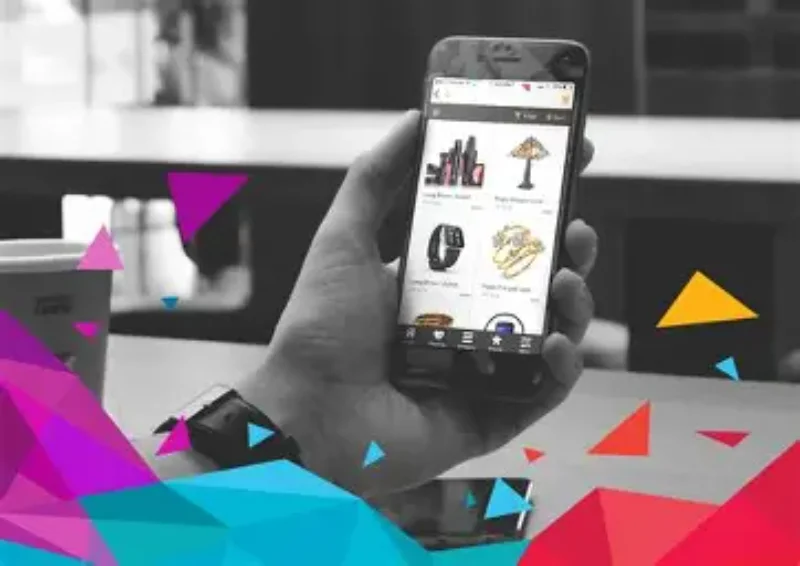
Data, Privacy, and Trust — The Tightrope Act
Now, let’s be real. The more data you have, the creepier it can get if you’re not careful. Nobody likes feeling like they’re being watched by some all-knowing algorithm with no chill.
That’s why transparency is key. Tell people what you’re collecting and why. Make it easy for them to opt out if they want. Paradoxically, that honesty usually makes them trust you more.
And there’s this newer idea floating around emotional data ownership. Basically, customers don’t just own their personal info; they also own the emotional footprint they leave behind. Their tone, frustration, excitement, it’s theirs. Brands that respect that boundary? They’ll win big.
Because personalisation without consent isn’t personalisation, it’s surveillance.
Measuring Success in a Unified CRM World
Here’s a weird thought: maybe the old KPIs don’t matter as much anymore. Clicks and conversions are fine, sure, but what about the in-between moments?
Unified CRM lets you track those, too. Things like:
- Customer Lifetime Value is not just one sale, but how often they come back.
- Engagement Continuity: how connected they stay across different platforms.
- Experience Consistency: Does your brand feel the same on Instagram as it does in an email?
These are the new metrics that tell you whether your customer experience is working. Because it’s not about one-time conversions anymore, it’s about whether people want to keep coming back.
The Human Element: Empowering Teams with Unified Insights
Funny thing: as techy as Unified CRM sounds, it actually makes business more human.
When your team sees the full customer story, empathy comes easier. The marketing folks understand the kind of language that resonates. The support team knows the frustrations before they bubble up. Sales can step in at the right moment instead of guessing.
I once spoke with a retail employee who said her favourite thing about their new CRM system was that it “made her feel psychic.” She’d pull up a customer profile and know, almost instinctively, what they needed before they even asked. That’s the dream, right? Tech that empowers people, not replaces them.
Because at the end of the day, no algorithm can fake kindness. But it can help you deliver it more consistently.
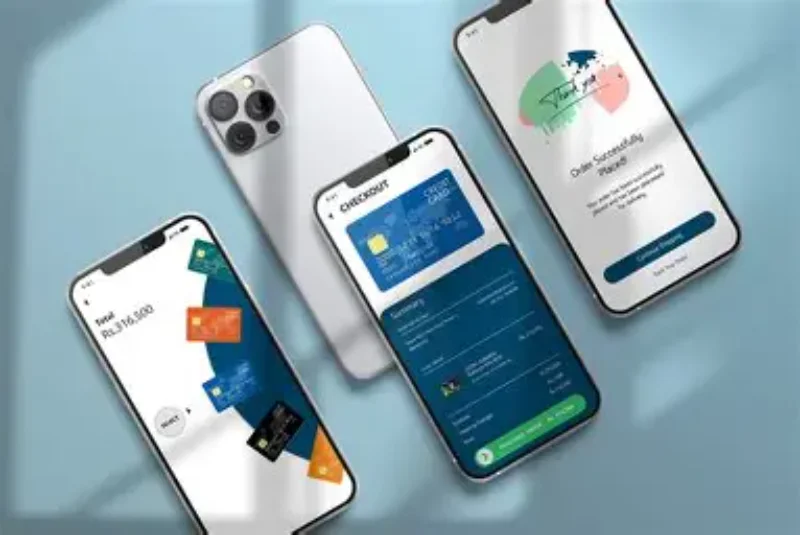
AI, Automation, and the Future of CRM Integration
Alright, let’s peek ahead a bit.
AI’s already transforming CRM in wild ways. It’s not just tracking behaviour. It’s predicting it. Some platforms can literally sense when a customer’s about to churn, then trigger an automatic retention campaign. Others can analyse the tone of an email and tweak the reply to sound warmer or more upbeat.
Generative AI even takes it further, writing personalised emails, social captions, and offers that feel hand-crafted. Voice-based CRM assistants are also on the way, so imagine simply asking your system, “Hey, what’s up with our repeat buyers this month?” and getting an instant summary.
Eventually, CRMs will stop being reactive systems and start being proactive partners, much like having a co-pilot who helps you anticipate customer needs before they even have a chance to express them.
Creepy? Maybe a little. But also kind of amazing if done right.
Conclusion
Here’s the short version: customers today expect seamlessness. They don’t care how complicated your systems are behind the curtain. They want to feel seen and understood. Unified CRM makes that possible. It’s not about replacing the human touch; it’s about amplifying it across every channel.
The brands that thrive in this next era won’t be the ones shouting the loudest. They’ll be the ones listening quietly, connecting dots, and showing up in ways that matter because the future of CRM isn’t about data collection. It’s about human connection.
